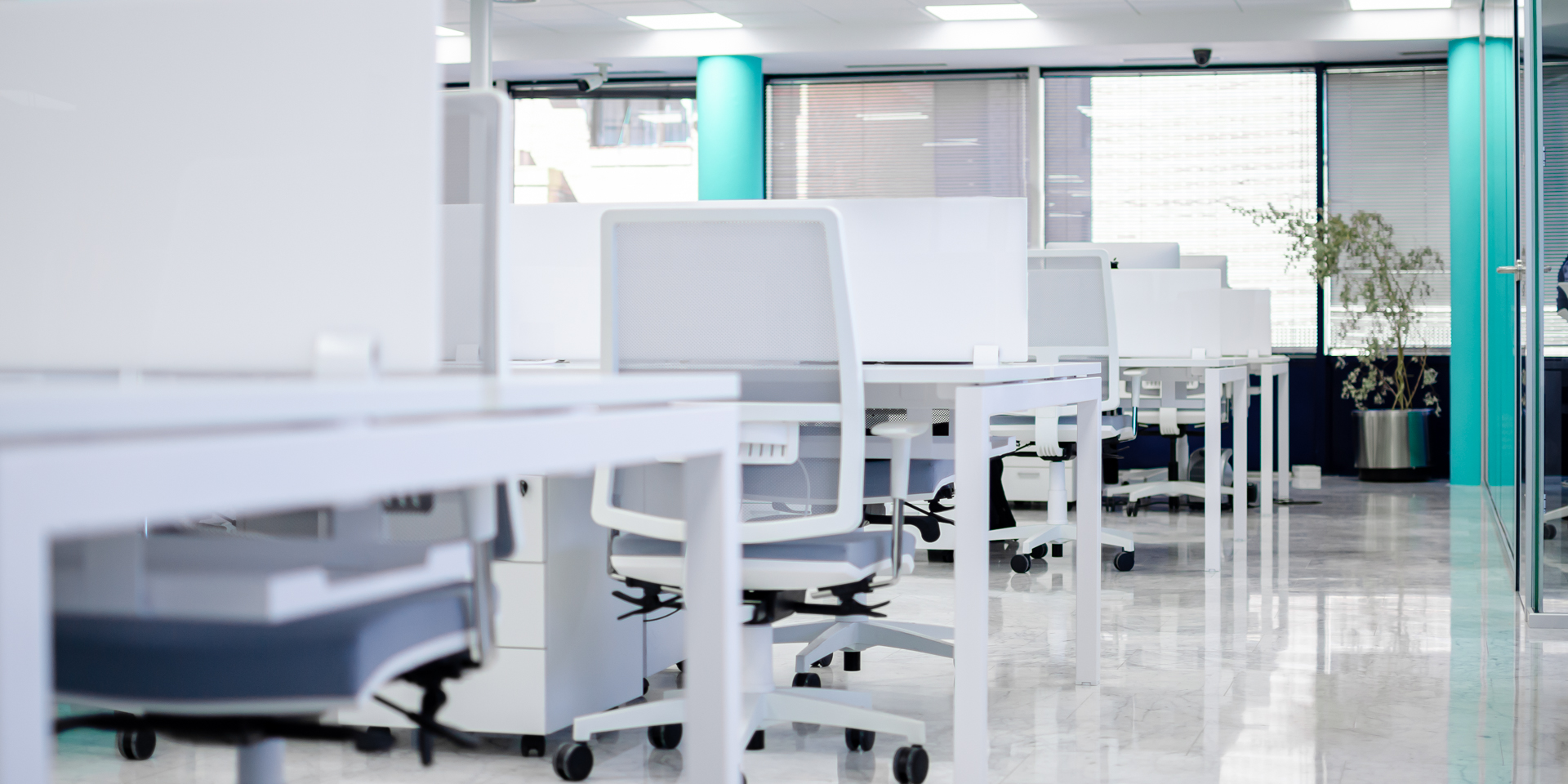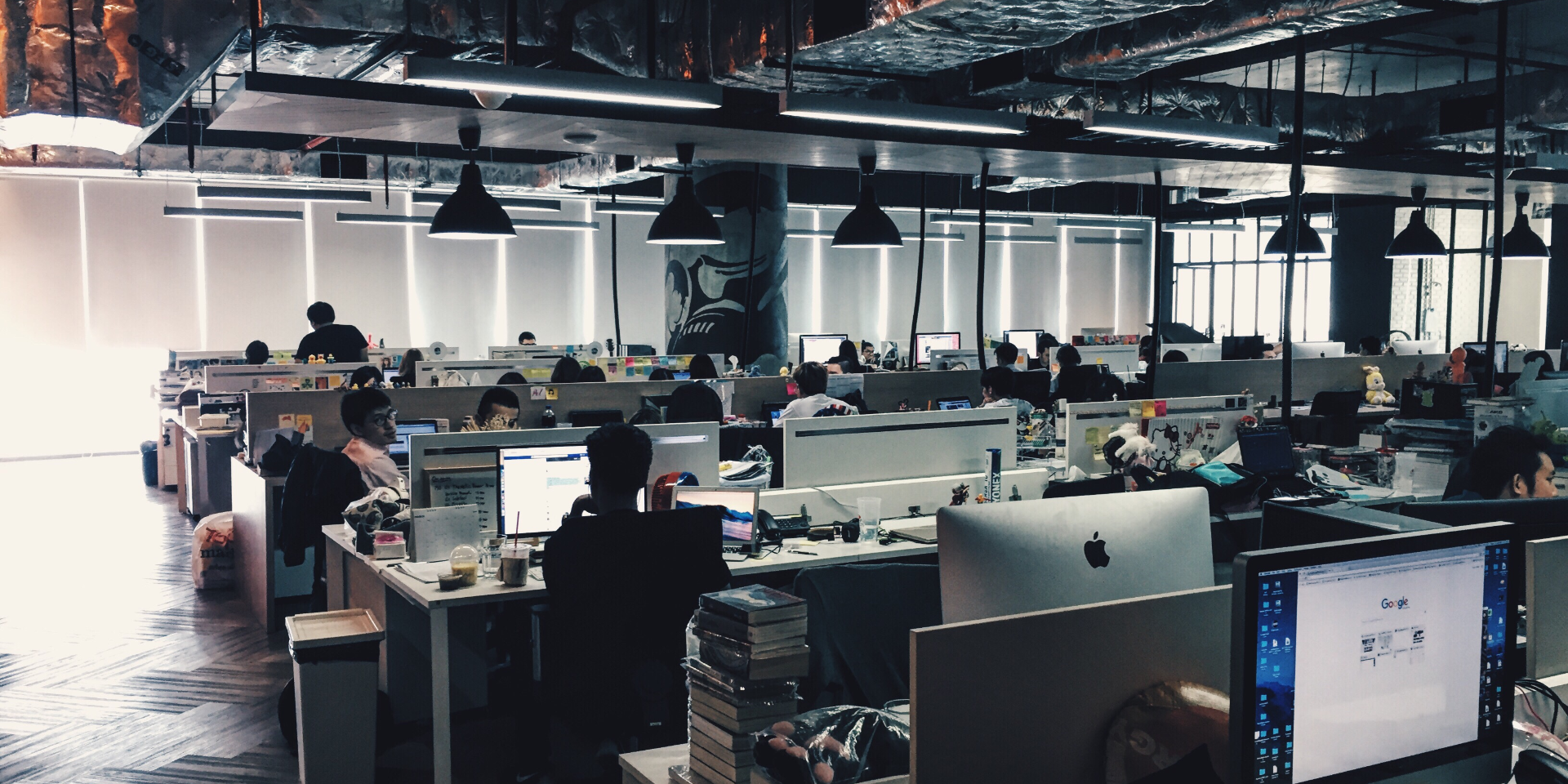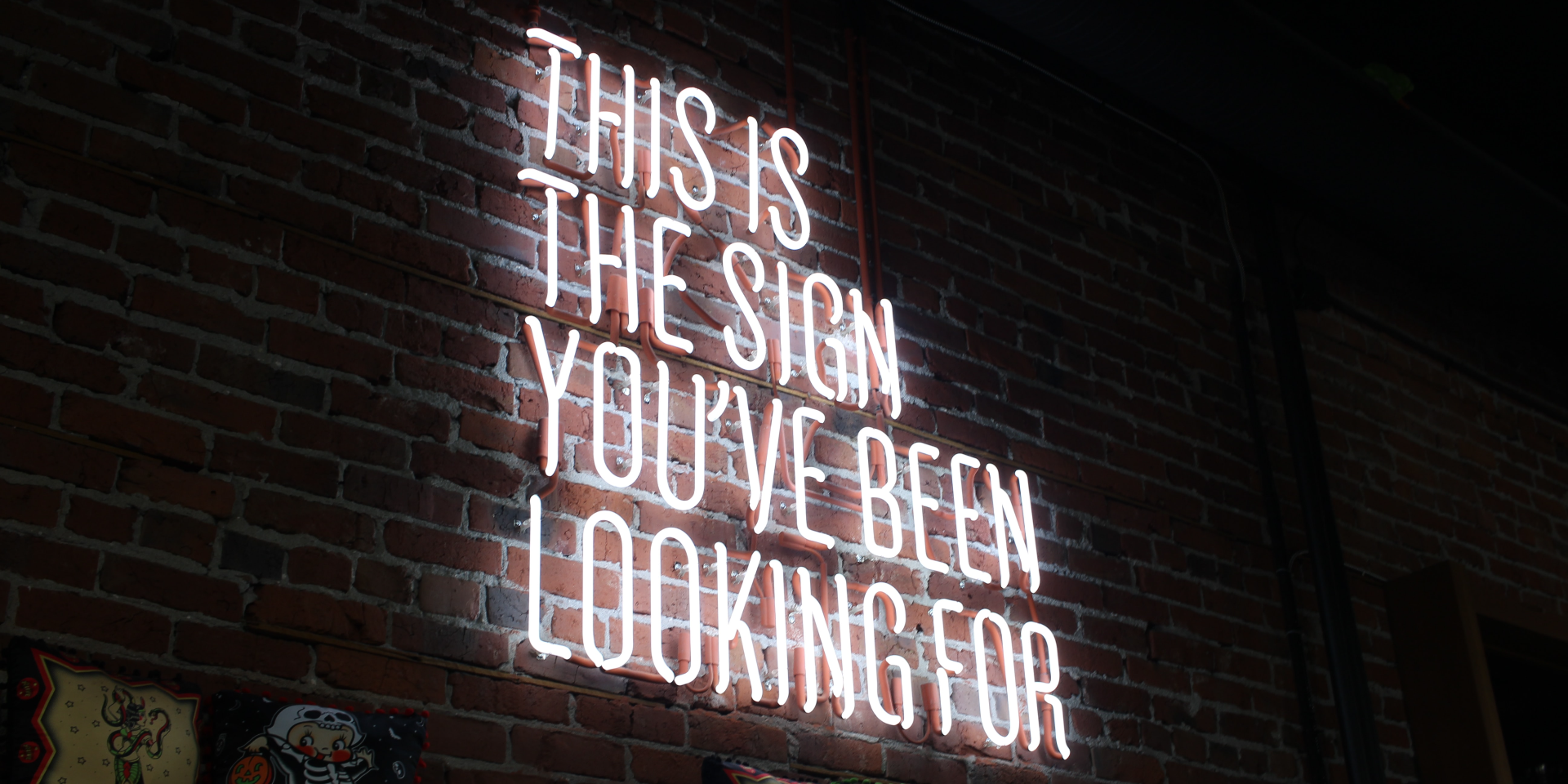
How COVID-19 Transformed Offices
How COVID-19 Transformed Offices
The boost hybrid work has experienced is an opportunity for companies to go for a different kind of office, smaller and with a new design, as well as expense decrease.

The COVID-19 pandemic that has blighted our planet for more that a year now has had a very noticeable impact in our lifes beyond the health scope. From the moment that, particularly in Europe, companies were forced to implement remote work as much as possible for their employees, the approach to offices, conceiving them as big spaces, also experienced some changes.
In the hardest times of the pandemic, six out of ten companies had more than half of their employees working from home. That meant a turning point for lots of companies, big ones and not so big ones, that if until that very moment had been reluctant to implement teleworking, particularly in Spain, then realized all of a sudden that the system worked.
Many organizations started then questioning whether the format they had been investing in for many years could change. It was the time to leave the traditional offices full of desks or booths where there were lots of employees working behind and go for a new model.
At first, organizations chose to take things slowly and be cautious, but by now, a year later, there are lots of them who chose to take their chances on a new design.
At first, organizations chose to take things slowly and be cautious, but by now, a year later, there are lots of them who choose to take their chances on a new design, merging their workplaces together with a hybrid system that combines teleworking and attending the office.
It is time for flexibility
Companies now mainly ask for flexibility, sustainability, efficiency, proactive environments, good communications and easy access to services, requirements that reflect those of the employees.
According to data provided by Cisco, 53% of the big companies plan to reduce the phisical space of their headquarters and more than 75% will increase their work flexibility.
The recent boost for hybrid work is an opportunity for companies to go for a different kind of office
Although each business is different, the recent boost in favor of hybrid work is an opportunity for companies to go for a different kind of office, not so extensive, with a new design and also an expense decrease.
96% of the companies consider that they can improve work environments. One of the challenges is to design an adecuate space; offices will still be necessary, but also rooms for common use, open rooms, dynamic and equiped for videocalls and other activities.

Trends of a futture that's already our present
As we're seeing, work spaces have accellerated their transformation, a transformation that even though just started, it still has a long way ahead
Consultancy JLL, in its study "Top 10 Global CRE Trends" named a few of the tendencies that they consider to be implemented in the coming future, but sooner rather than later.
- Hybrid future: Take advantage of hybrid work mobility is a way to achieve more resilience for the future.
- More human work spaces: To improve performance, it is necessary to redraft the space and create positive environments together with HR and IT departments.
- Staying healthy: After a health crisis like this one, workers will give more importance to this issue, so it is key to develp a consistent heath program and tackle the impact of working activity on mental health and fatigue
- Flexible transformation: Integrating flexible spaces in the real state portfolio of companies will be a way to respond to the different working preferences.
- Take your chances on the digital: It is vital to take our chances on the power of digital ecosystems to accellerate transformation, both that of work as well as that of employees and offices.
- Diverse urbanism: It is necessary to align the location strategy of a company with a new city logic where it is essential to add sustainability.
- Emission reduction: We go through a time where taking your chances on the environment is essential and that's why it is also necessary to consider descarbonization strategies in real state portfolios and in real state lifespans.
- Responsible real states: To pursue a positive and sustainable change that promotes employee prosperity, it is important to improve the environment.
- Metrics for the future: Creating a control culture through metrics will allow you to take decisions in real time.
- Resillience: These ethics will allow for the company to adapt easily to changes according to the demand.





